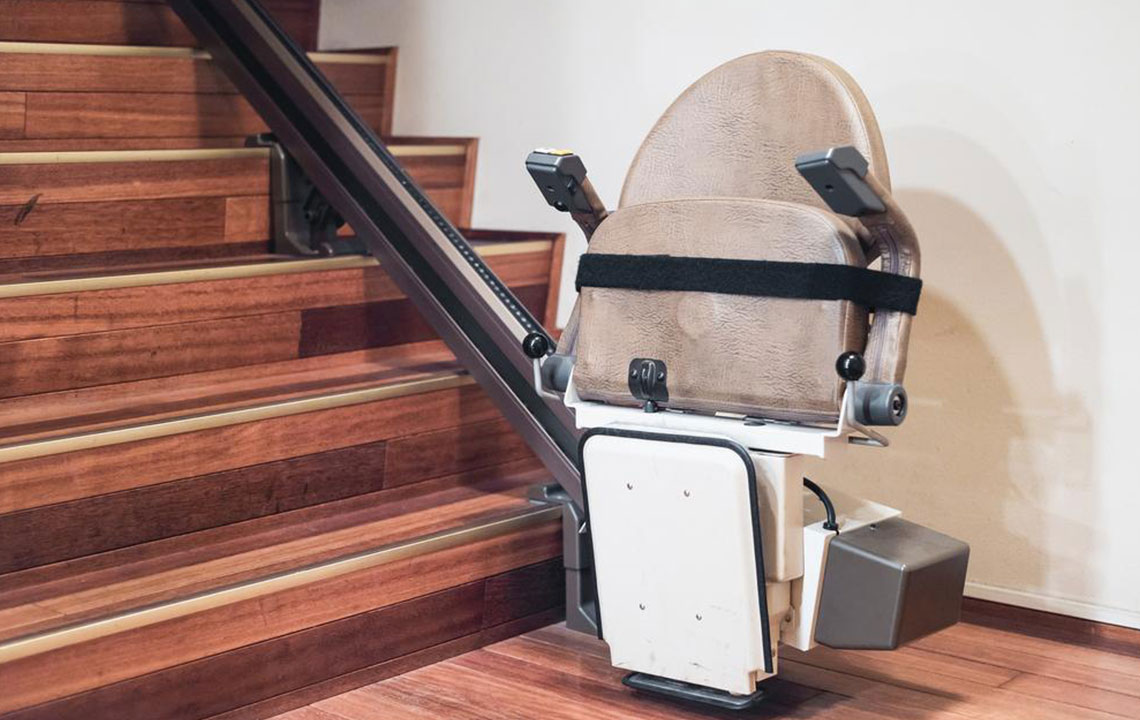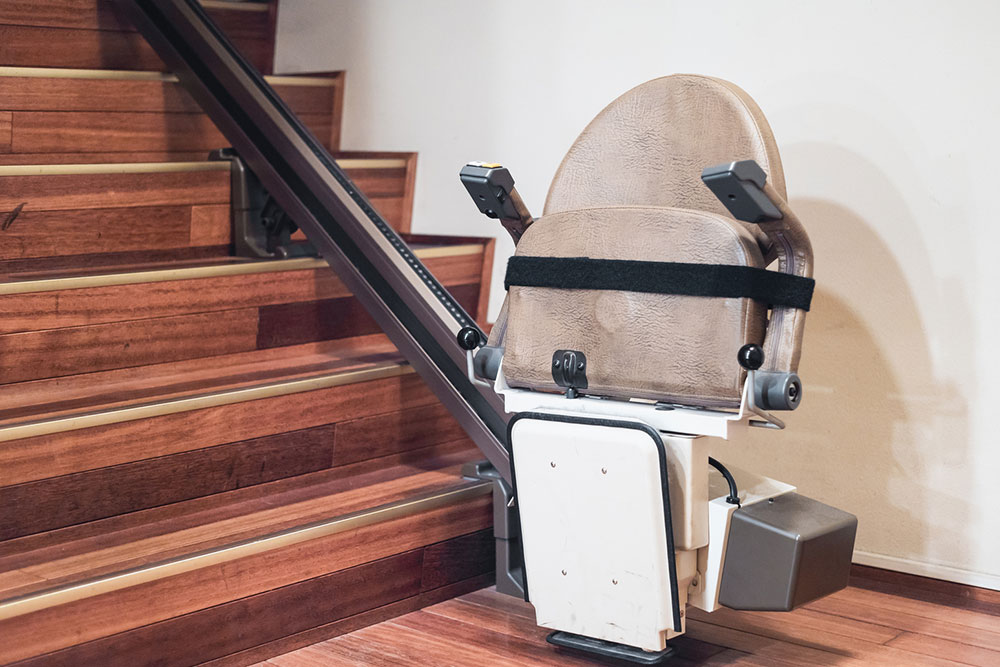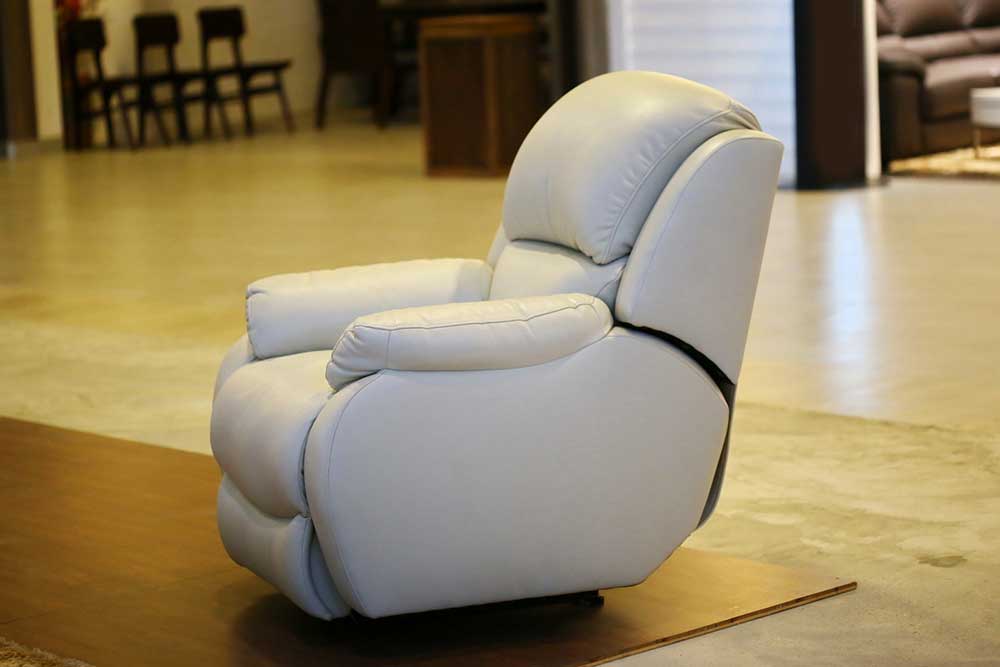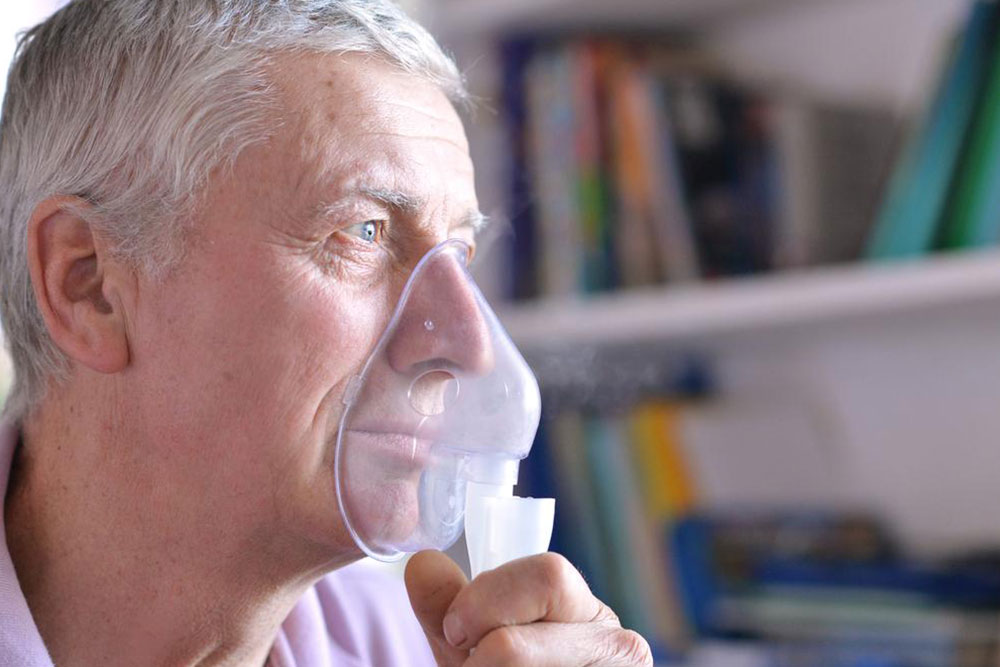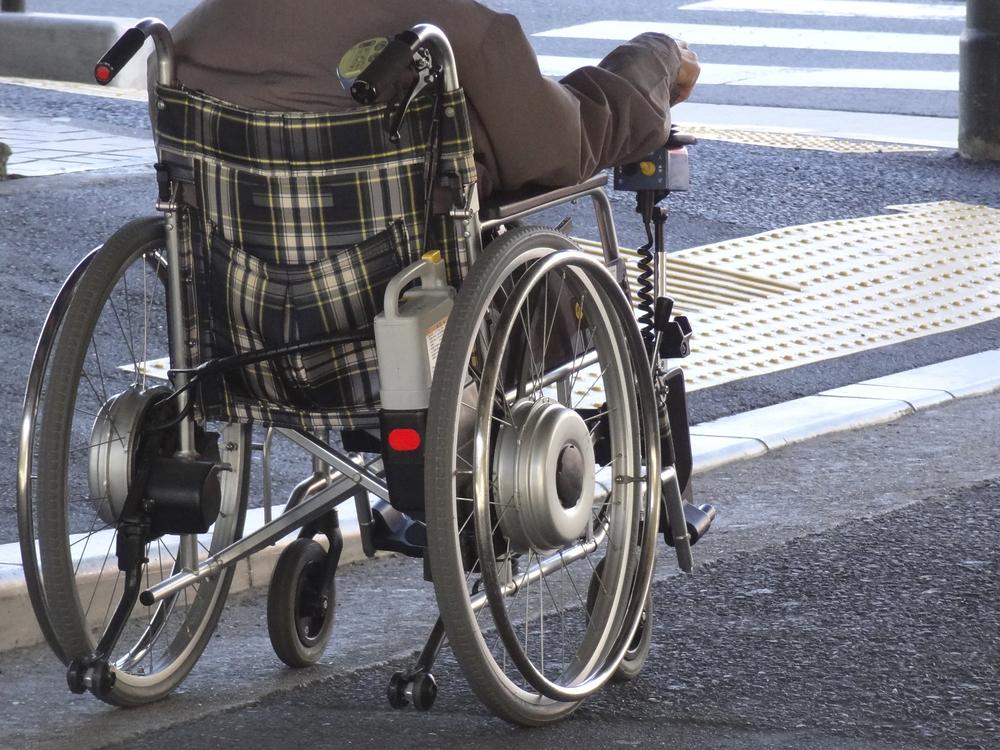Advanced Support Solutions to Enhance Gait in Drop Foot Patients
This comprehensive article explores innovative support devices for drop foot patients, emphasizing the importance of orthotic solutions like ankle-foot orthoses (AFOs). It covers the causes, symptoms, and various types of braces that improve walking safety and mobility. Practical advice on choosing the right support based on individual needs underscores the significance of early intervention. Advanced orthotic technology continues to evolve, providing better stability, comfort, and safety for individuals struggling with gait issues caused by nerve or muscular impairments, greatly enhancing their quality of life.

Innovative Devices Designed to Improve Walking in Drop Foot Patients
Drop foot, also known as foot drop, is a neurological condition that impairs the ability to lift the front part of the foot properly. This condition can cause significant difficulty in walking, often resulting in a dragging foot, increased risk of trips and falls, and a decreased quality of life. Despite its challenges, modern medical technology offers various support devices and treatment options that help patients regain mobility and walk more comfortably. This comprehensive guide explores the nature of drop foot, its causes, symptoms, and the latest advancements in supportive braces designed to assist walking.
Understanding Drop Foot: Causes and Symptoms
Drop foot occurs when the muscles responsible for lifting the front part of the foot, primarily the tibialis anterior, become weakened or paralyzed. This paralysis is most commonly caused by nerve damage, often related to neurological conditions such as stroke, multiple sclerosis, peripheral nerve injuries, or spinal cord injuries. Occasionally, muscular diseases or brain injuries may also be involved. The result is an inability to dorsiflex the foot during the swing phase of gait, causing the toes to drag on the ground during walking. This abnormal gait, known as 'steppage gait,' can lead to instability and falls if not properly managed.
To self-assess for drop foot, individuals can try walking on their heels; difficulty in doing so might suggest potential nerve or muscular impairment. Sometimes, symptoms such as tingling, burning sensations, or pain accompany drop foot, indicating nerve involvement. It's essential to note that drop foot can affect one or both legs, with bilateral cases posing even greater mobility challenges.
Many factors contribute to the development of drop foot, including trauma to nerves from accidents, nerve compression from spinal issues, or neurological disorders affecting muscle control. In some cases, symptoms may resolve spontaneously if nerve function recovers; however, persistent nerve damage often requires planned interventions. Long-term cases might need surgical procedures or supportive devices to maintain mobility and prevent falls.
Persistent nerve and muscle impairments can prolong symptoms despite treatment. Therefore, early diagnosis and intervention are crucial to prevent secondary complications such as joint contractures or muscle atrophy, which can further hinder mobility.
Management Strategies for Drop Foot
The primary compass for managing drop foot involves identifying its underlying cause. Treatment approaches vary depending on whether the condition results from nerve injury, muscular weakness, or neurological disease. For many patients, conservative measures such as physical therapy, nerve stimulation, and supportive braces are effective in improving gait and stability. When nerve damage is severe or unresponsive to conservative care, surgical options or advanced orthotic devices may be necessary to restore mobility and prevent falls.
The Role of Supportive Braces in Drop Foot Management
Support devices, particularly ankle-foot orthoses (AFOs), play a pivotal role in stabilizing the ankle joint and facilitating natural walking patterns. These braces are designed to compensate for weakened dorsiflexor muscles, prevent foot drop, and provide necessary support during ambulation. They are custom-fitted, lightweight, and made from durable materials such as polypropylene or carbon fiber, ensuring comfort and stability. Properly fitted braces help align the foot and ankle, minimize tripping hazards, and promote a more confident gait.
How Drop Foot Braces Improve Walking Functionality
Normal ankle movement involves two major motions: plantarflexion (pointing the toes downward) and dorsiflexion (lifting the toes upward). In drop foot cases, dorsiflexion is compromised, leading to dragging of the toes during walking. Drop foot braces assist in restoring a more natural gait by supporting these motions, reducing abnormal walking patterns, and increasing safety.
These devices serve to lift the foot during the swing phase, enabling a person to clear the ground and step forward without hesitation or risk of tripping. Many braces incorporate hinges or elastic components that support ankle movement, mimicking natural motion and maximizing comfort.
Types of Drop Foot Support Devices
Fixed Hinge Support Devices
Lightweight and rigid, these braces feature a durable hinge that locks the ankle in a neutral position, preventing unwanted movements. They are particularly useful in cases where stability is the primary concern, such as flat feet combined with drop foot. The rigid support helps control ankle motions and provides a stable base for walking.
Dorsiflexion Assist Devices
Designed with a spring-loaded mechanism, these braces actively assist in lifting the foot during each step. Suitable for mild to moderate drop foot cases, especially for individuals under 225 pounds, they help reduce fatigue and improve walking efficiency by restoring dorsiflexion function.
Plantarflexion Prevention Supports
These more robust braces aim to prevent excessive downward movement of the foot, which can cause trips or falls. They are often indicated in severe cases where stability is compromised, providing maximum support by restricting ankle motion to maintain a safe foot position.
Full Control Support Devices
For patients with more significant muscular weakness or joint instability, comprehensive braces support both upward and downward foot motions. They are heavier but provide enhanced control over gait mechanics, reducing the risk of falls and improving overall mobility.
Energy-Return Braces
Constructed from innovative materials like carbon graphite, these braces utilize natural flexing to help dorsiflex the foot. They are lightweight, durable, and designed to provide assistance during walking with minimal effort,Boosting energy efficiency and reducing fatigue during prolonged ambulation. Variations are tailored to address different severity levels of drop foot.
Choosing the right support device depends on individual needs, severity of the condition, and physical capabilities. Consulting with healthcare professionals or orthotic specialists ensures a proper fit and optimal support to enhance walking, prevent falls, and improve quality of life.
In conclusion, advances in orthotic technology have significantly improved the options available for managing drop foot. Support devices are vital tools that help maintain independence, safety, and mobility for individuals affected by this condition. Early intervention and properly fitted orthoses can make a substantial difference in daily life, empowering patients to walk with confidence and reduce fall risks effectively.

